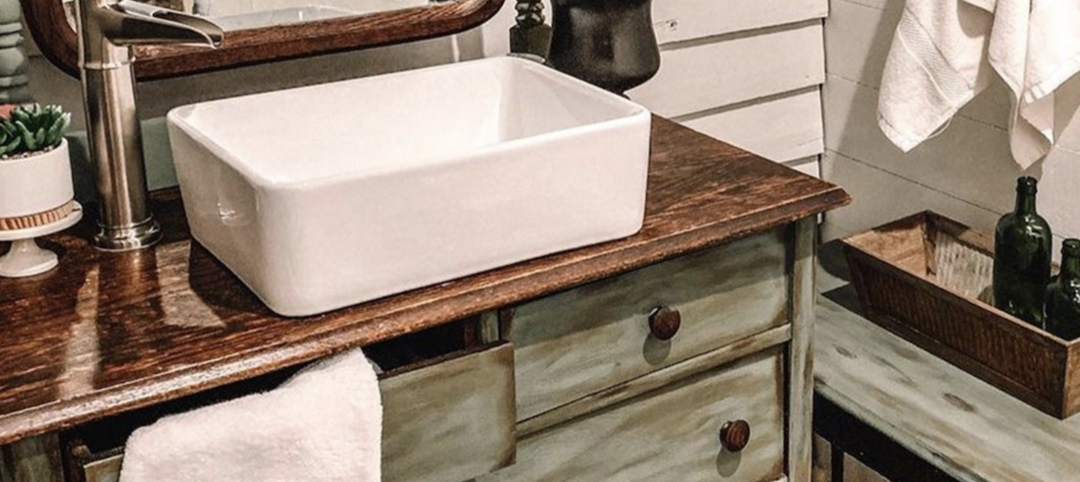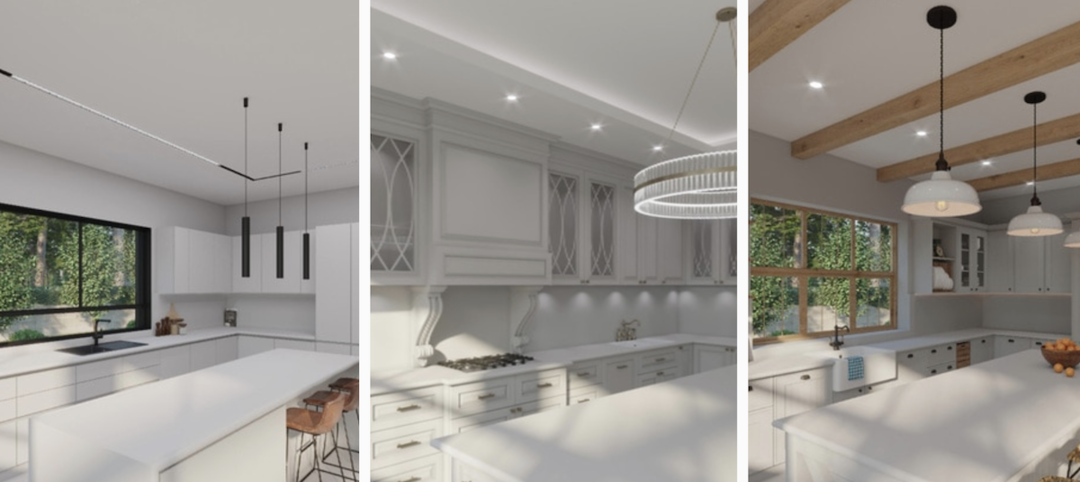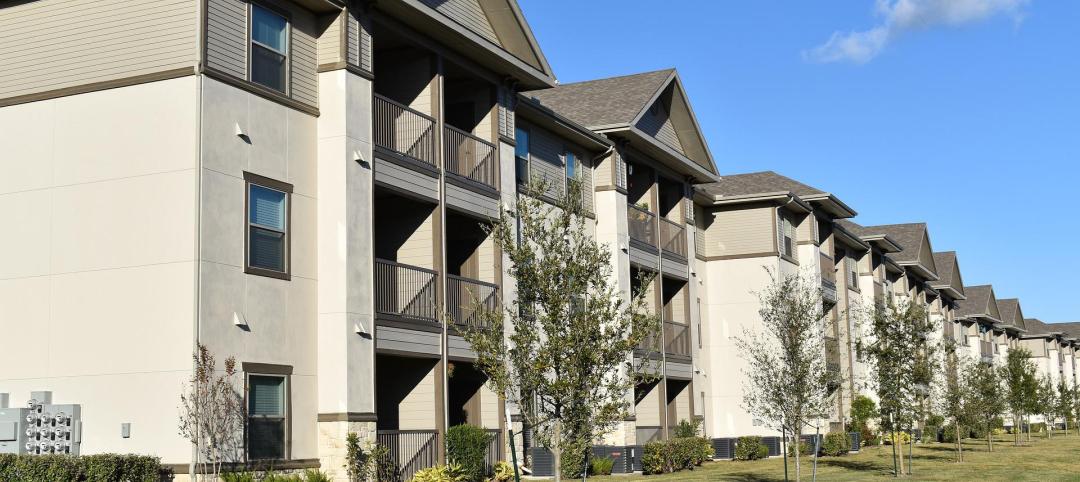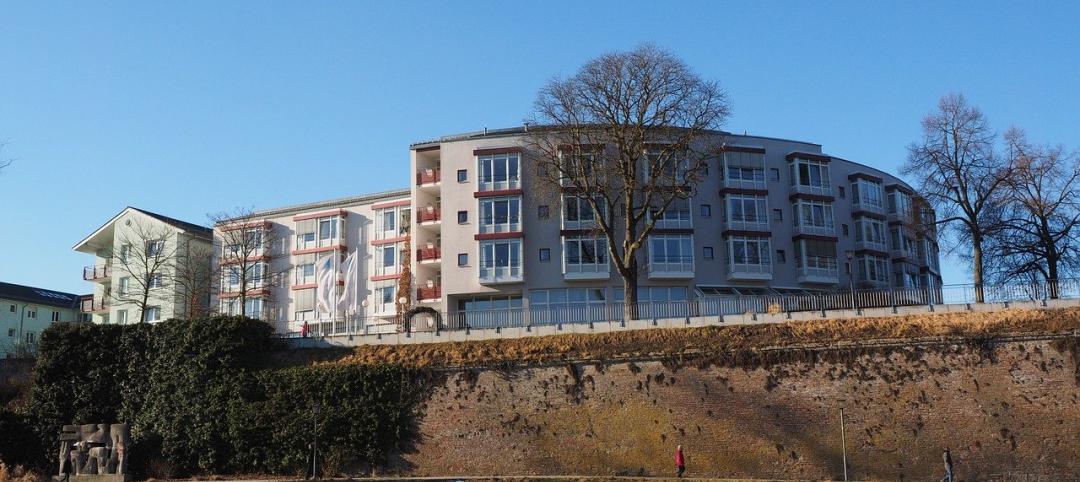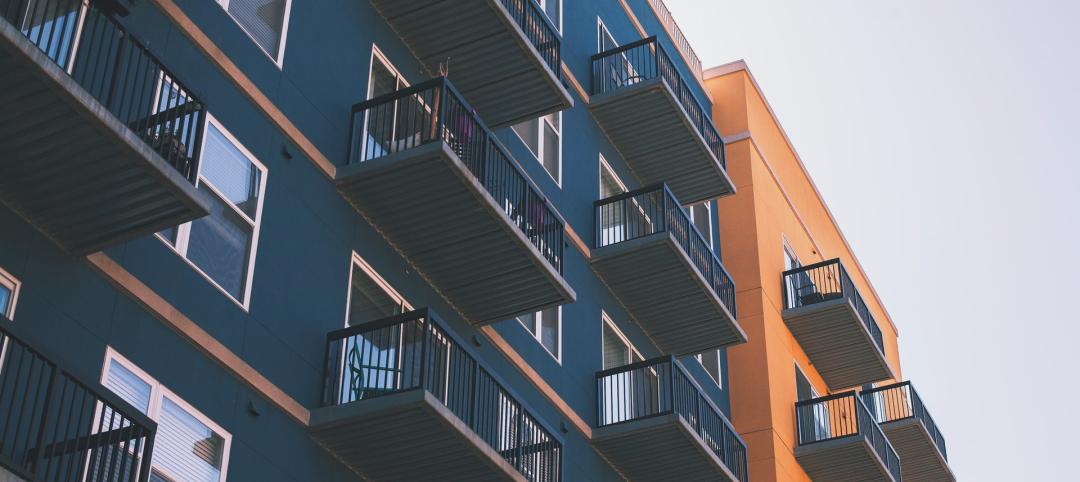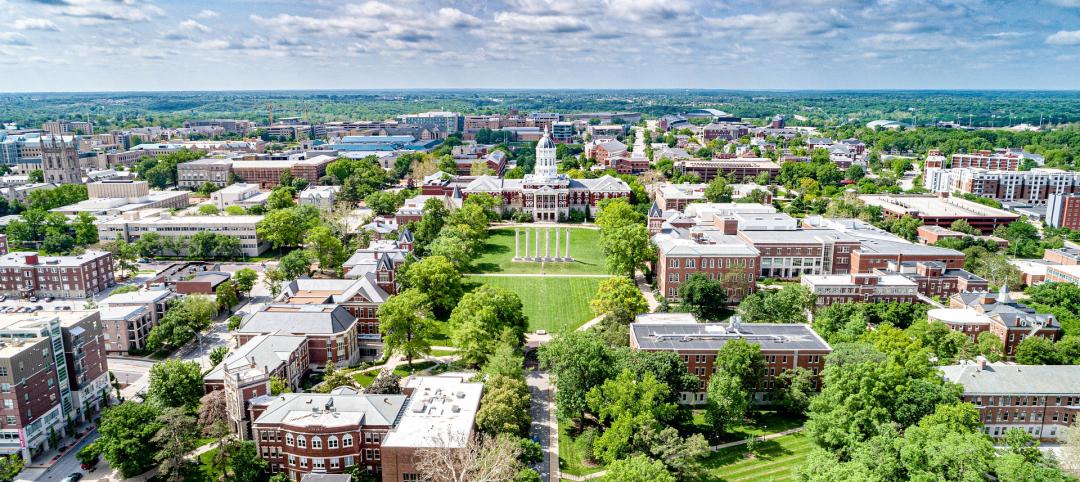Natural disasters that have devastated Puerto Rico over the past few years—at least 160,000 homes were destroyed by Hurricane Maria in September 2017, and another 30,000 were damaged by Hurricane Dorian last August, to say nothing of the damage caused by a 6.4-magnitude earthquake that shook the island last month—exposed the longstanding deficiencies in the commonwealth’s construction practices.
Close to half of Puerto Rico’s housing has been built—and continues to be built—“informally,” meaning that owners didn’t get permits, didn’t hire a licensed architect, and in all likelihood didn’t build to code.
With the island in need of between 60,000 and 90,000 new housing units by 2023, the question before Puerto Rico’s leaders and citizens is whether rebuilding and renovation will take safety and resilience more seriously.
“The problem is not the codes, which are equal or similar to what’s followed in the U.S.,” explains Ricardo Alvarez-Diaz, founder and chairman of Alvarez-Diaz & Villalón, the island’s largest architecture firm. He is also a member of the Construction Council of Puerto Rico. “The problem is the implementation of the codes and their enforcement.”
He says more rigorous enforcement will require a change in cultural mindset among the island’s residents for whom “informal” construction has been a way of life, and a girding of political will among politicians who too often turn a blind eye to illegal construction every election cycle.
The situation in Puerto Rico is complicated by many factors, not the least of which being that the laws mandate that licensed architects and contractors take full responsibility for code enforcement. But because Puerto Rican contractors don’t need licenses to operate, the onus of code enforcement falls squarely on the architects, whose liability insurance premiums are second only to doctors', says Alvarez-Diaz.
He notes, however, that there’s been a “big push” to require contractors to be licensed, which he believes could happen later this year.
Homeownership in Puerto Rico, at around 70%, is higher than in the U.S. But that ownership rate, says Alvarez-Diaz, is a double-edged sword because owners that have paid off their mortgages typically don’t carry insurance, or are less educated about the benefits of hiring professionals for rebuilding or remodeling.
What’s changing the island’s attitudes about following building codes, however, have been mandates by the Federal Emergency Management Administration (FEMA), and the U.S. Department of Housing and Urban Development (HUD) that federal funding for rebuilding is contingent on more rigorous code enforcement.
This is nothing new: FEMA and HUD imposed similar requirements after Hurricane Andrew wiped out parts of Florida in 1992 and exposed shoddy construction and, in some markets, nonexistent code enforcement.
Puerto Rico desperately needs the U.S. government’s money. A few years back the island’s Governor’s office estimated that rebuilding what Hurricane Maria destroyed would cost at least $31 billion, well beyond the means of a financially precarious commonwealth whose poverty rate hovers around 44%.
Currently, the government evaluates properties to determine whether they are worth rebuilding or if their residents need to relocate. And one of the criteria for those determinations is whether the building is in an existing flood plain. “FEMA has made it clear, as has the government, about not wanting to rebuild in flood plains,” says Alvarez-Diaz. HUD’s CDBG-DR funding allow for building above flood plain levels, but the ultimate decision lies with Puerto Rico’s Housing Authority.
Alvarez-Diaz cites estimates that more than 73,000 housing units, out of the 250,000 affected by recent storms, might need to be moved to higher ground, and that only about 35,000 units are in good enough condition to be rebuilt or elevated.
So what’s the alternative? One solution could be urban densification. Alvarez-Diaz says that only recently have Puerto Ricans become more receptive to renting as opposed to owning. That change of heart might also be motivated by the government issuing Section 8 vouchers that can be used for rental housing.
Bayshore Villas is a mixed-use complex that offers 170 rental apartments that range in size from 600 to 1400 sf.
For the past several years, Alvarez-Diaz’s firm has been trying to bring more affordable rental housing to the island. Its first big project was Renaissance Square, a 170-unit building that is Puerto Rico’s first mixed-income public housing development, and the island’s first Energy Star-rated project. Renaissance Square was approved in 2014, started in 2017, delayed by the storms, and completed last year.
Alvarez-Diaz & Villalón has two similar projects on the island. Bayshore Villas, located on the former Puerta de Tierra public housing project near Old San Juan, offers 174 rental units ranging from 600 to 1,400 sf, more than 5,800 sf of commercial space, and 6,000 sf for community and administrative uses. Last May, construction began on the Jose Gautier Benitez development in Caguas, P.R. This 21-acre development is divided into six residential blocks, and will include 438 one- and two-bedroom apartments as well as a five-story elderly housing facility. This building should be completed next year.
Alvarez-Diaz says the success of Renaissance Square has gotten his firm work in Texas, Florida, and the Virgin Islands.
Related Stories
Multifamily Housing | Sep 14, 2022
27 new kitchen and bath products multifamily developers and AEC teams are using for the first time
Multifamily developers and AEC project teams are adopting new kitchen + bath products and systems for the first time, according to the MULTIFAMILY Design+Construction Kitchen+Bath Survey 2022.
Multifamily Housing | Sep 13, 2022
Take the Multifamily Kitchen + Bath survey – Maybe win one of 10 $50 gift cards
Preliminary results of 2022 Multifamily Design+Construction exclusive Kitchen + Bath survey.
Senior Living Design | Sep 8, 2022
What’s new with AQ: The top trends in active adult living
Today's 55-or-better buyers are ready to design their lives and their homes as they see fit. With so much growth on tap, builders and developers must stay apprised of trends related to home, environment, and culture of 55+ communities.
Mass Timber | Aug 30, 2022
Mass timber construction in 2022: From fringe to mainstream
Two Timberlab executives discuss the market for mass timber construction and their company's marketing and manufacturing strategies. Sam Dicke, Business Development Manager, and Erica Spiritos, Director of Preconstruction, Timberlab, speak with BD+C's John Caulfield.
Giants 400 | Aug 29, 2022
Top 50 Senior Living Facility Contractors + CM Firms for 2022
Whiting-Turner, Ryan Companies US, W.E. O'Neil Construction, and KBE Building Corp. top the ranking of the nation's largest senior living facility contractors and construction management (CM) firms for 2022, as reported in Building Design+Construction's 2022 Giants 400 Report.
Giants 400 | Aug 29, 2022
Top 80 Senior Living Facility Architecture + AE Firms for 2022
Perkins Eastman, Hord Coplan Macht, Ryan A+E, and Stantec top the ranking of the nation's largest senior living facility architecture and architecture/engineering (AE) firms for 2022, as reported in Building Design+Construction's 2022 Giants 400 Report.
Giants 400 | Aug 29, 2022
Top 30 Senior Living Facility Engineering + EA Firms for 2022
WSP, Olsson, Kimley-Horn, and KPFF Consulting Engineers top the ranking of the nation's largest senior living facility engineering and engineering/architecture (EA) firms for 2022, as reported in Building Design+Construction's 2022 Giants 400 Report.
Giants 400 | Aug 29, 2022
Top 40 Student Housing Facility Contractors + CM Firms for 2022
J.H. Findorff & Son, PCL Construction Enterprises, Juneau Construction, and Sundt Construction top the ranking of the nation's largest student housing facility contractors and construction management (CM) firms for 2022, as reported in Building Design+Construction's 2022 Giants 400 Report.
Giants 400 | Aug 29, 2022
Top 35 Student Housing Facility Engineering + EA Firms for 2022
Kimley-Horn, Wiss, Janney, Elstner Associates, KPFF Consulting Engineers, and Jacobs top the ranking of the nation's largest student housing facility engineering and engineering/architecture (EA) firms for 2022, as reported in Building Design+Construction's 2022 Giants 400 Report.
Giants 400 | Aug 29, 2022
Top 70 Student Housing Facility Architecture + AE Firms for 2022
Niles Bolton Associates, Mithun, Gensler, and Perkins and Will top the ranking of the nation's largest student housing facility architecture and architecture/engineering (AE) firms for 2022, as reported in Building Design+Construction's 2022 Giants 400 Report.



